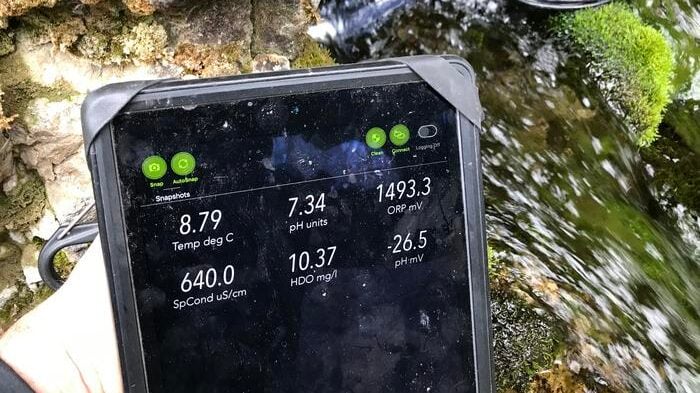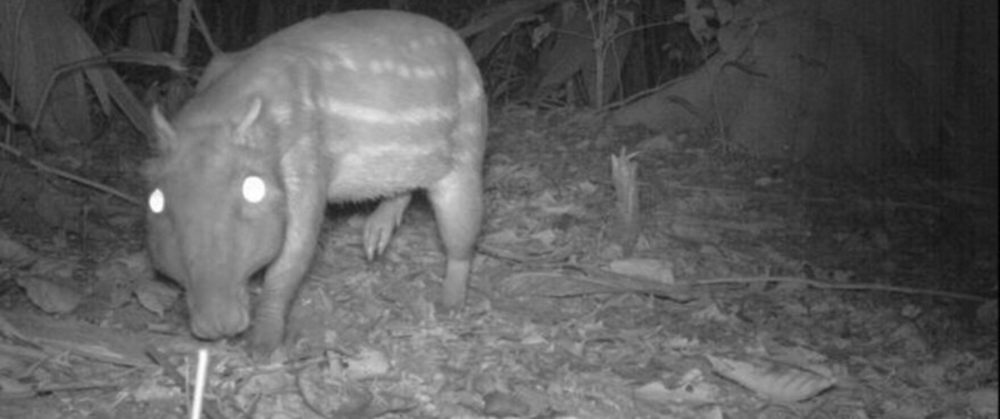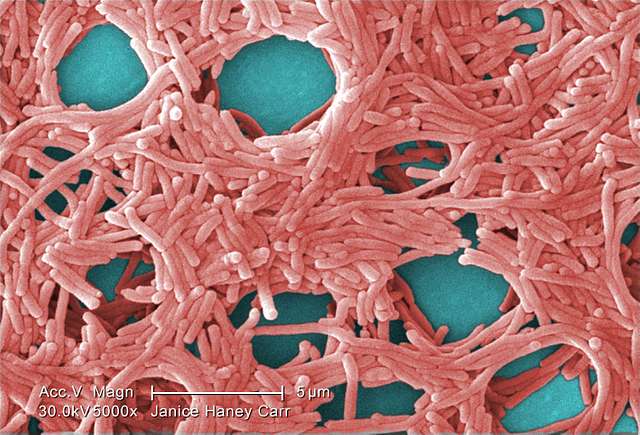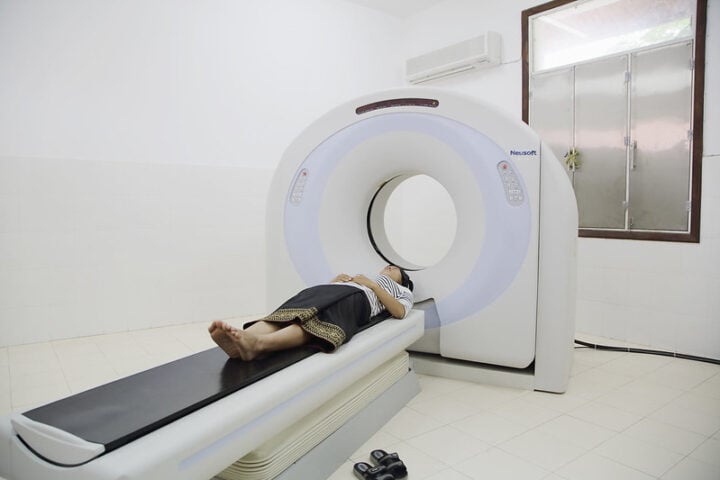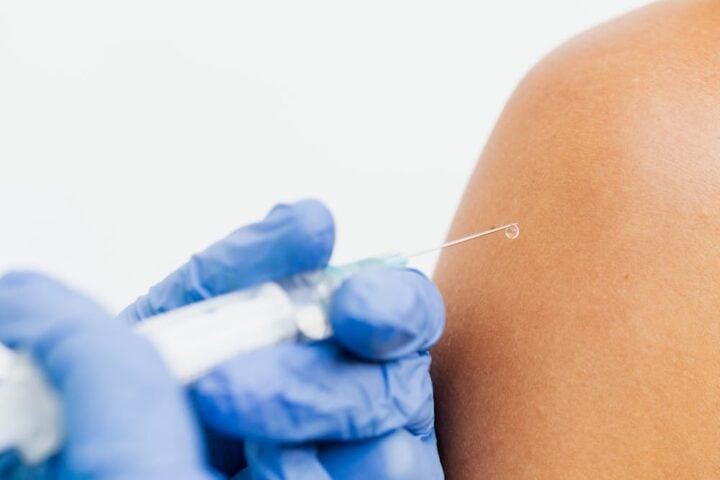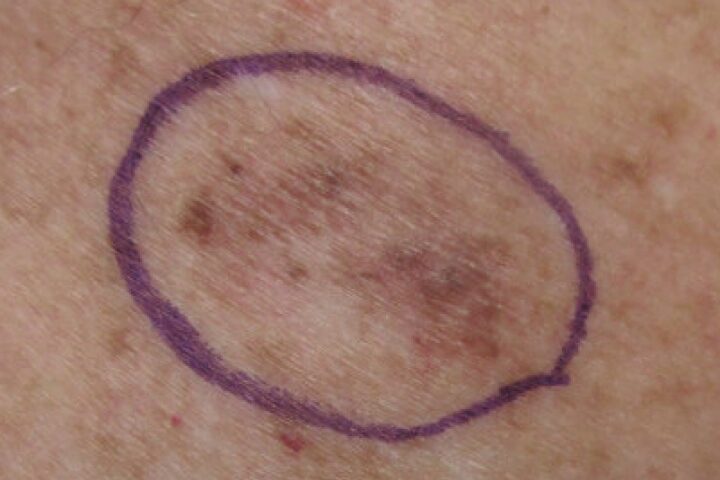University of Minnesota researchers detected concerning levels of neonicotinoid insecticides across Minnesota’s hydrological systems between 2019-2022. The study, published in Science of The Total Environment, analyzed water samples from 15 natural springs and 75 distinct wells spanning 13 Minnesota counties. Researchers measured concentrations of common neonicotinoid compounds including imidacloprid, clothianidin, and thiamethoxam using liquid chromatography-mass spectrometry.
Chemical analysis revealed maximum neonicotinoid concentrations reaching 97% detection rates in urban samples and 100% in agricultural zones. These compounds enter the water system through multiple vectors: agricultural seed treatments (primarily on corn and soybeans), urban pest control products, and stormwater runoff. Seasonal variations show peak contamination during spring planting and snowmelt periods.
Professor Bill Arnold from the Department of Civil, Environmental, and Geo-Engineering reports: “We were surprised by the high levels of the chemical detected in the natural springs and in some cases the chemicals were observed at much deeper levels in wells than we expected going into this project.” The study documented neonicotinoid presence in groundwater aquifers previously considered protected by geological barriers.
The research identified specific contamination pathways through Minnesota’s six distinct groundwater regions, analyzing interactions between surface water, shallow aquifers, and deep bedrock systems. Shallow wells and natural springs showed elevated contamination risk due to reduced filtration time and direct surface water connections.
Current U.S. pesticide application exceeds 450,000 tons annually according to FAO data. Recent toxicological studies link chronic neonicotinoid exposure to developmental disruptions, endocrine system alterations, and neurotoxic effects. EPA aquatic life benchmarks were exceeded in 10% of sampled locations, particularly in areas with compound mixing.
Similar Posts
The Minnesota Department of Natural Resources collaboration established expanded monitoring protocols across watersheds. The University’s St. Anthony Falls Laboratory began developing advanced urban stormwater treatment methods using granular activated carbon filtration and enhanced oxidation processes to reduce neonicotinoid concentrations.
Professor Arnold emphasizes public health implications: “Oftentimes people think a natural spring has water that is safe to drink. That’s not necessarily true, it depends on how deep that water is sourced.” The research team documented bioaccumulation in aquatic organisms and potential biomagnification through food webs.
The Minnesota Environment and Natural Resources Trust Fund supported this research through the Legislative-Citizen Commission on Minnesota Resources (LCCMR). Ongoing studies focus on remediation strategies, long-term monitoring systems, and development of treatment technologies for both urban and agricultural water sources.
Technical methodology included multi-depth sampling protocols, seasonal variation tracking, chemical speciation analysis, and hydrogeological modeling of contaminant transport. This data informs water treatment planning and public health protection measures across Minnesota’s diverse geological regions.
